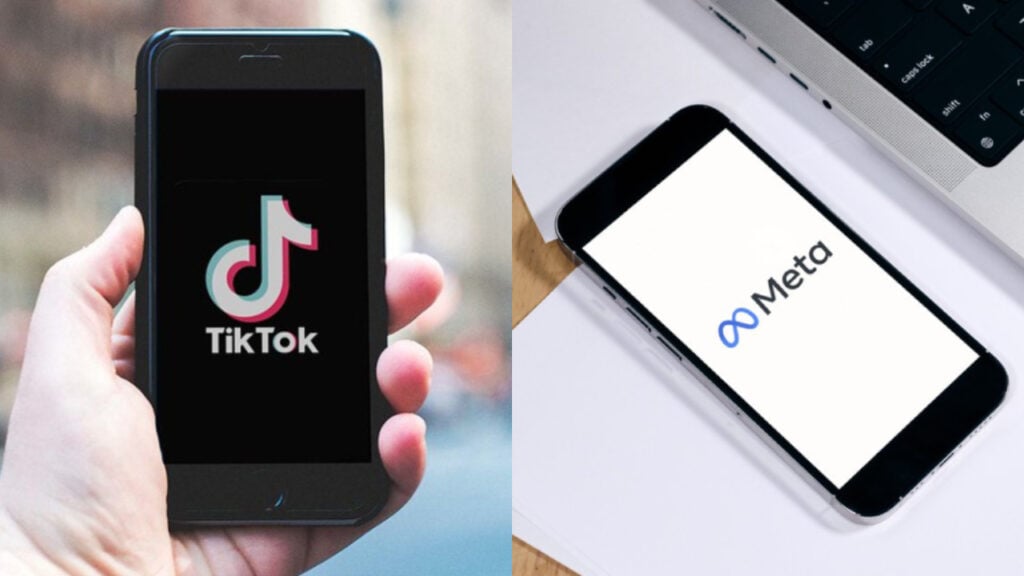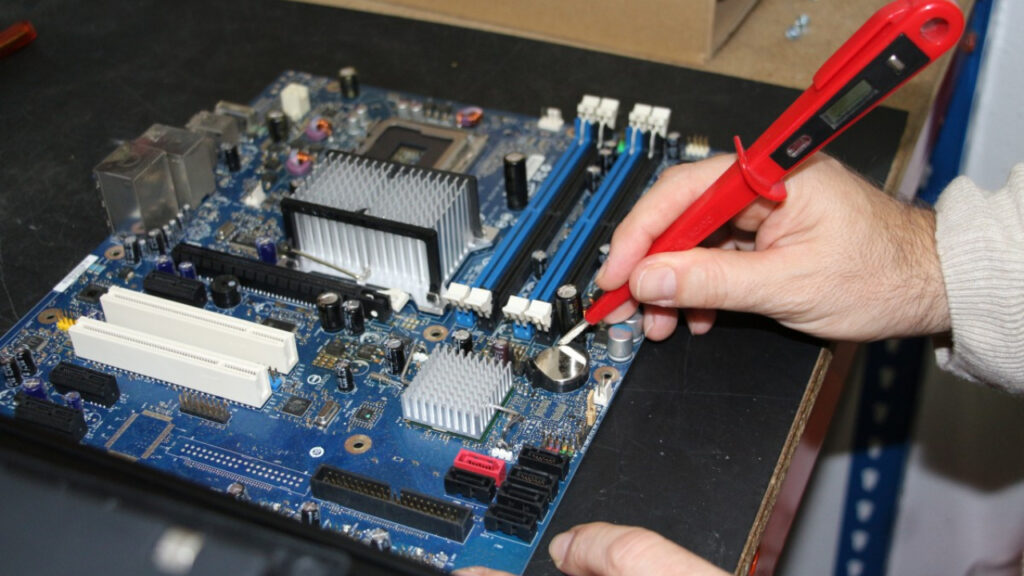China has created the definitive solar panel, an announcement that has left the world in suspense and displaces even the material that converts “anything” into a photovoltaic panel. This energy tool is the most popular when it comes to renewables, and that’s precisely why, over the years, specialized companies and experts have researched ways to bring more efficient pieces to the market.
Despite the benefits offered by solar panels, such as clean and renewable energy production, they have always been accompanied by one question: what do you do with them when they complete their useful life cycle? This lasts between two and three decades, after which the question of what to do with the waste arises, as until now a complete or cost-effective recycling of their materials had not been achieved.
Current Recycling Limitations and Solutions
Although the aluminum frame can be reused, the protective glass is 95% recyclable, and the silicon wafers are separated through thermal treatment at 500ºC. The remaining components are crushed or separated through chemical processes to obtain recyclable materials.
Trina Solar’s Revolutionary Development
The Chinese company Trina Solar has marked a milestone in the photovoltaic industry with the world’s first fully recycled silicon solar panel. The key lies in the 37 recycling technologies patented by their researchers, which enable the separation and reuse of silicon, aluminum, glass, and silver from discarded modules to manufacture a new functional panel that is equally efficient.
The techniques include:
- Internally created release agents.
- Etching technologies to dissolve unwanted materials.
- Systems to extract silver through wet treatments.
Similar Posts
Technical Specifications
Trina Solar’s fully recycled solar panel features:
- N-type with TOPcon (Tunnel Oxide Passivated Contacts) cells
- Power output of 645 watts
- Conversion efficiency of 20.7%
While this efficiency is not far from traditional solar panels, it remains below the 25% reached by newly manufactured TOPcon panels or the 27% of perovskite cells.
Industry Impact
This achievement is particularly significant as many countries, including those in the European Union, require 80% of solar panel materials to be recycled. It represents a first step toward a world where we won’t need to extract more metals to manufacture solar panels when existing ones degrade.


















